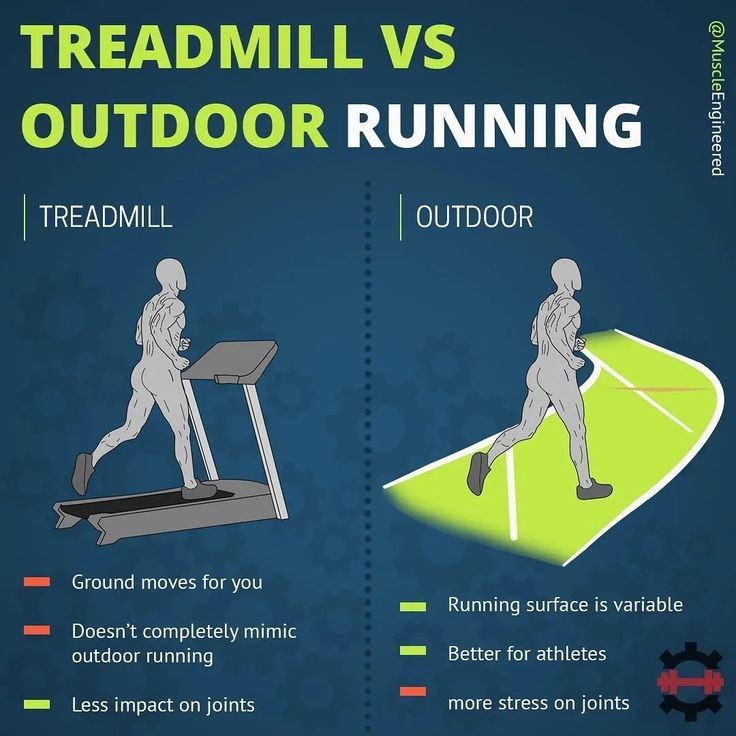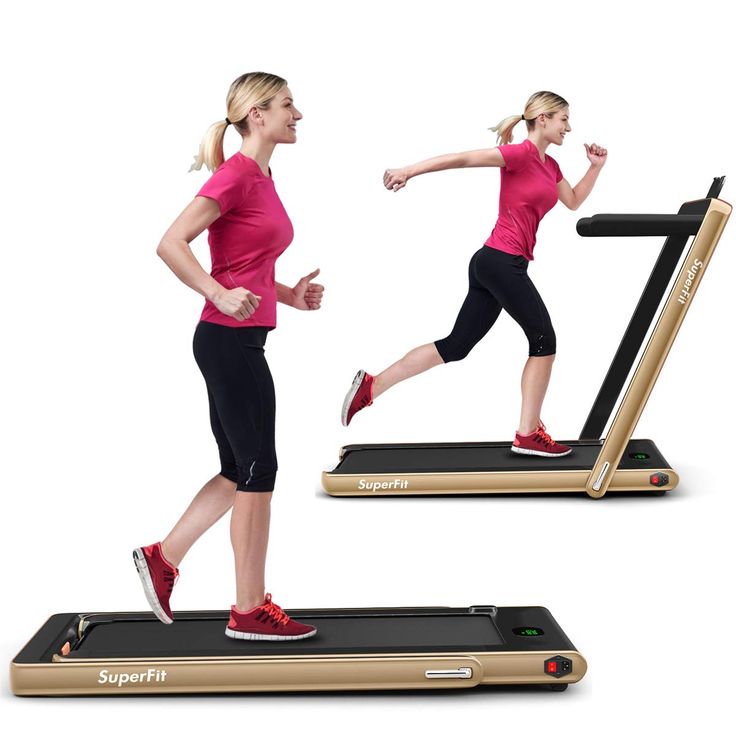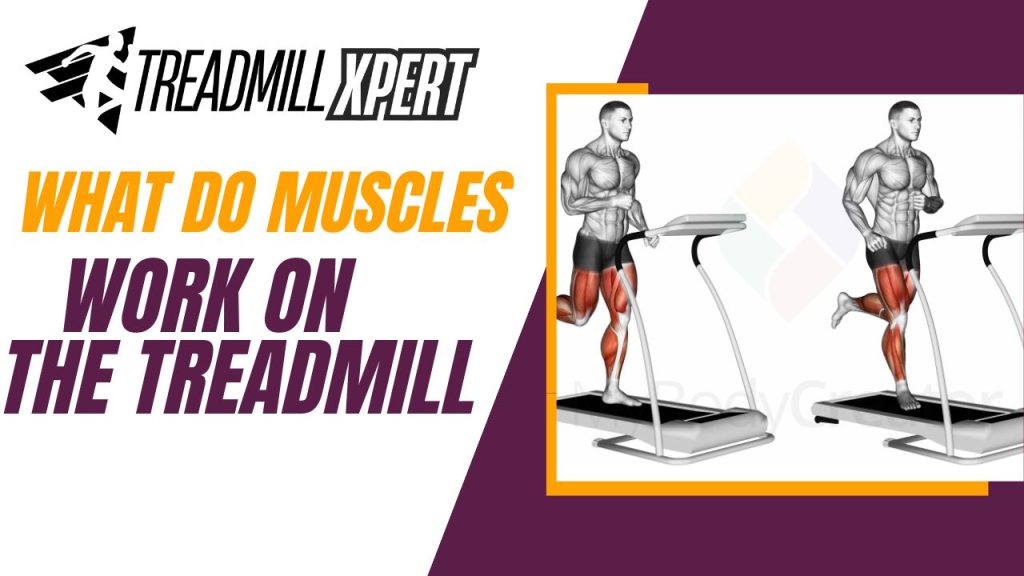What Do Muscles Work on the Treadmill?
The treadmill is one of the most effective exercise machines for overall fitness. It not only helps in burning calories and improving cardiovascular health, but also plays a key role in muscle development and toning. In this article, we explain what muscles work on the treadmill and how walking or running can strengthen different parts of the body.
Glute Muscles Work
1. Gluteus Maximus
- This is the primary buttock muscle.
- It propels the body forward during walking, running, or climbing.
- Treadmill workouts significantly strengthen and tone this muscle.
2. Gluteus Medius
- This muscle stabilizes the pelvis and hips during side-to-side movements.
- Treadmill exercises improve hip balance and strength.
3. Gluteus Minimus
- A minor muscle that supports and stabilizes the hip joint.
- Works together with other glutes during treadmill workouts.
Tips for Glute Activation:
- Incline walking
- High-knee running
- Hill simulations
- Holding light hand weights
Quadriceps Muscles Work
Quadriceps (Quads)
- Located at the front of the thighs.
- Responsible for extending the knee and powering movement.
How to Work Quads on Treadmill:
- Walking, running, or jogging regularly
- Increase incline level
- Perform high-knee drills
- Add jump training or hold weights
- Combine with squats or lunges
Adjusting the speed and intensity can help target various quad muscle fibers and improve muscle tone of treadmills.

Hamstrings Muscles Work
Hamstrings
- Located at the back of the thighs.
- Help extend the hips and flex the knees.
Ways to Target Hamstrings:
- Regular walking and running
- Walking on a high incline
- Backward walking on the treadmill
- Single-leg deadlifts
- Wearing resistance bands
- NordicTrack incline walking
Adjust incline and resistance for more intensity as your fitness level improves.
Calves Muscles Work
Gastrocnemius and Soleus
- The two calf muscles work to lift the heels.
Effective Treadmill Exercises for Calves:
- Walking or running
- Uphill incline walking
- Decline walking with bent knees
- Toe walking
- Jump training (advanced level)
Using incline and decline settings increases calf muscle activation. Treadmills provide full contraction to build calf strength and tone.
Abdominal Muscles Work
Rectus Abdominis (Core Muscles)
- Supports posture and stability during treadmill exercise.
Best Ways to Engage Abdominals:
- Incline walking while maintaining posture
- Cross arms over chest while walking
- Walking backwards for core stability
- Interval training for ab endurance
- Sit-ups or crunches using treadmill support
Proper alignment and posture are key to maximizing core engagement.
Hip Flexors Muscles Work
Hip Flexors (Iliopsoas group)
- Engage when lifting the knees while walking or running.
Target Hip Flexors on Treadmill:
- High knees to activate iliopsoas
- Butt kicks to engage flexors
- Forward and reverse walking
- Walking/running on incline
- Psoas marches
- Jump squats (advanced)
Dynamic stretches like high knee pulls are useful for warming up hip flexors.

Final Thoughts: Full-Body Benefits
Treadmill workouts strengthen a wide range of muscles including the:
- Glutes
- Quads
- Hamstrings
- Calves
- Abdominals
- Hip flexors
For a full-body workout, use the treadmill with varied speeds, inclines, and movements. Add upper body engagement by holding weights or adjusting arm movements.
Whether you walk, jog, or run, the treadmill offers a powerful way to build and tone muscles. Just ensure proper form, progressive intensity, and consistency for maximum results.
READ MORE
- Walk on the Treadmill Without Holding the Handrails
- How to Bypass iFit on the NordicTrack Treadmill
